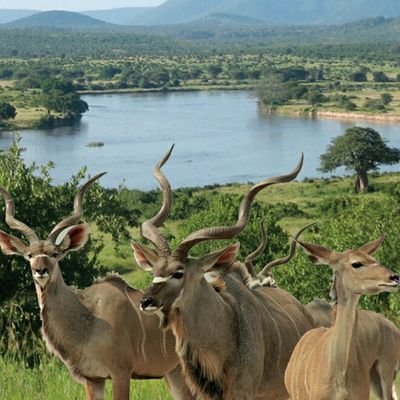Gallery






Arrival and Serengeti National Park Morning: Arrive at Kilimanjaro International Airport (JRO) or Arusha Airport. Meet your safari guide and drive to Serengeti National Park (about 5-6 hours’ drive). Alternatively, you can fly directly into Seronera Airstrip in the Serengeti. Afternoon: Game drive in the Serengeti, starting immediately upon arrival or after lunch (depending on arrival time). Explore the vast plains of the Serengeti, renowned for its wildlife including lions, elephants, giraffes, and more. Enjoy a sunset game drive before heading to your lodge/camp. Evening: Dinner and overnight stay at a lodge or tented camp in the Serengeti.
Full Day in Serengeti Morning: Early morning game drive to witness the wildlife at sunrise when animals are most active. Breakfast either at your lodge/camp or as a picnic in the bush. Midday: Optional activities could include visiting a Maasai village (if interested in cultural experiences) or continuing with game drives in different areas of the park. Afternoon: Lunch at your lodge/camp. Late Afternoon: Another game drive exploring different parts of the Serengeti. Evening: Dinner and overnight stay at the same lodge or camp.
Day 3: Ngorongoro Crater and Departure Morning: Early breakfast and check-out from your lodge/camp. Drive to the Ngorongoro Conservation Area (about 3-4 hours’ drive). Midday: Descend into the Ngorongoro Crater for a game drive. The crater is a UNESCO World Heritage site and home to an incredible diversity of wildlife, including the Big Five (lion, elephant, buffalo, rhino, leopard). Afternoon: Picnic lunch in the crater. Late Afternoon: Begin your ascent from the crater. Evening: